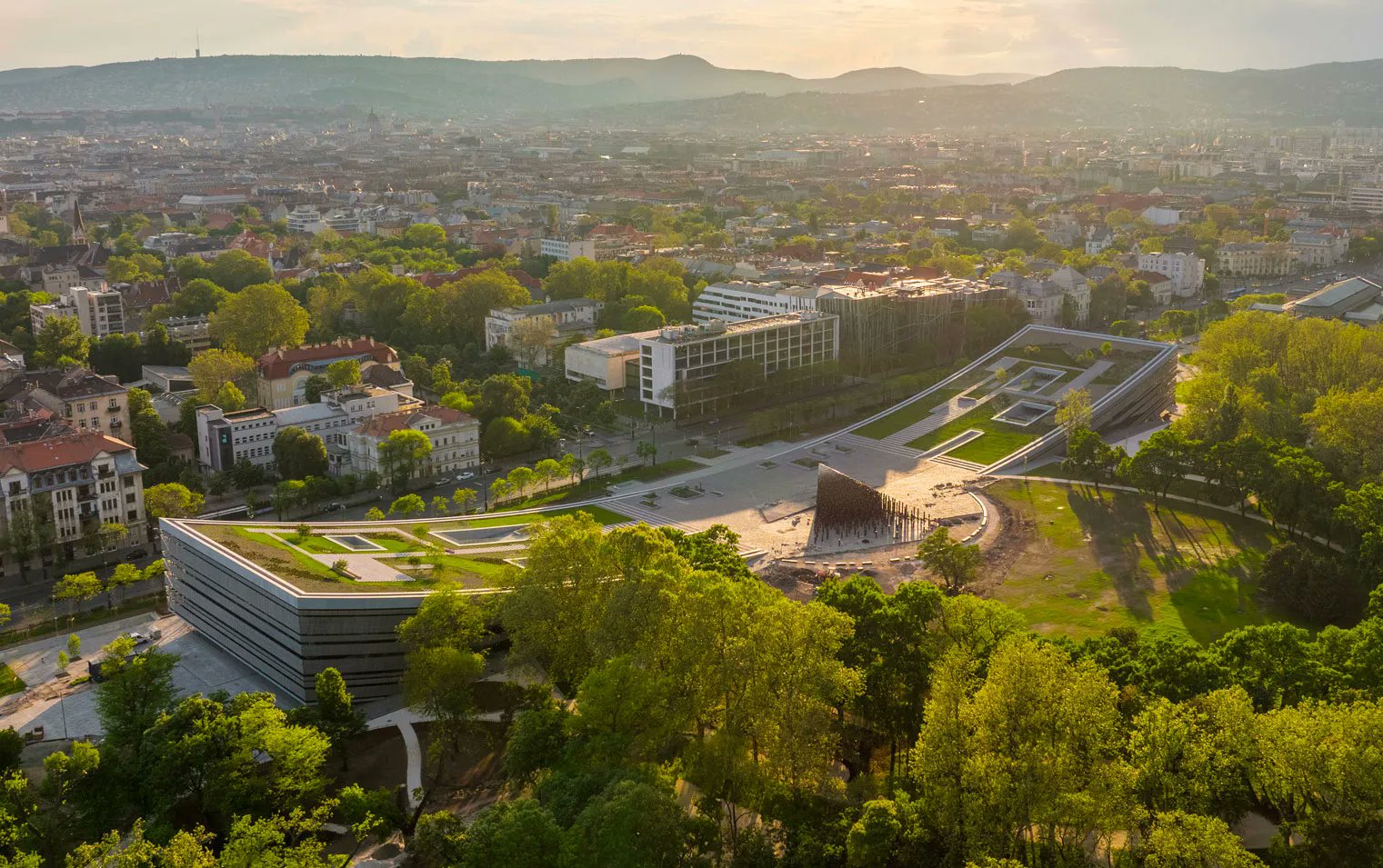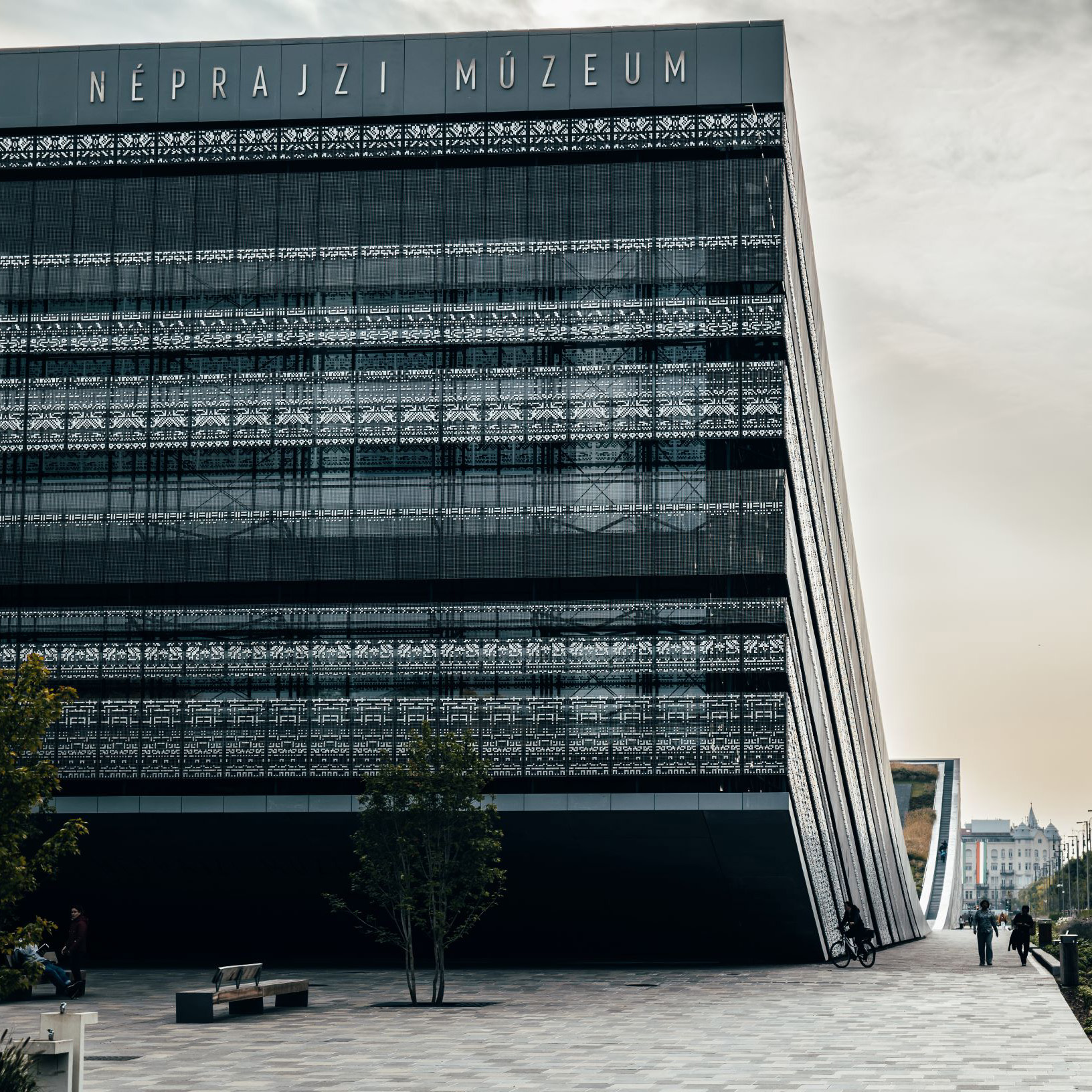
Museum director Lajos Kemecsi said the 150-year-old institution was getting a home "tailored to its own needs" for the very first time.Continue reading

The new building of the Museum of Ethnography in Budapest and its façade ornamentation will be the focus of the exhibition entitled Reziduum – The Frequency of Architecture, which will be on show from 20 May at the Hungarian Pavilion of the 18th International Architecture Exhibiton (Biennale Architettura 2023) in Venice.
This is perhaps the first time that a national museum has been the subject of an exhibition organized by another museum, said Máté Vincze, Deputy State Secretary for Public Collections and Cultural Development, at a press conference. He added that the central element of the exhibition is the beautiful ornamental decoration of the Museum of Ethnography, which builds on tradition and also has a content.
This year’s exhibition differs from previous ones mainly in that it focuses on a specific architectural achievement: the Museum of Ethnography, which was inaugurated in 2022. This building was built thanks to the Liget Budapest project, one of the most important cultural and urban visions of our time, said Júlia Fabényi, National Commissioner for the Hungarian exhibition at the Biennale.

Photo: Facebook/Napur Architect
Benedek Gyorgyevics, CEO of Városliget Zrt., recalled that Marcel Ferencz won a major international design competition with his plans for the Museum of Ethnography, ahead of several world-famous architectural firms. He stressed that
in the square honoring the heroes of 1956, where tanks used to parade in front of party leaders and 1300 cars used to park, a new symbol of Hungary has been created, which is now spoken of with admiration everywhere, even abroad.
Entering the Hungarian pavilion at the Venice Biennale, visitors first enter a rondo-like space where a contemporary instrument made for the exhibition, Péter Mátrai’s sound cylinder, and two models from the Museum of Ethnography are displayed. In the rear zone, the original grid panels of the building’s façade, eight panels in total, of the original size, material, and pattern, carry the ornamentation. The grids are accompanied by lighting effects designed by lighting designer Ferenc Haász and music by Péter Mátrai.

Part of the museum of located underground, and the roof of it is planted with grass and flowers, allowing visitors to enjoy the atmosphere. Photo: Facebook/Néprajzi Múzeum
A separate exhibition section presents the collection of the Museum of Ethnography, while in the atrium of the pavilion a model of the Liget Budapest project gives a sense of the architectural context of the Museum’s new home. Visitors will also be able to create and take away their own vectorized motifs using two interactive touch screens.
The 18th International Architecture Exhibition in Venice will be open to the public from 20 May to 26 November.
Featured photo via Twitter